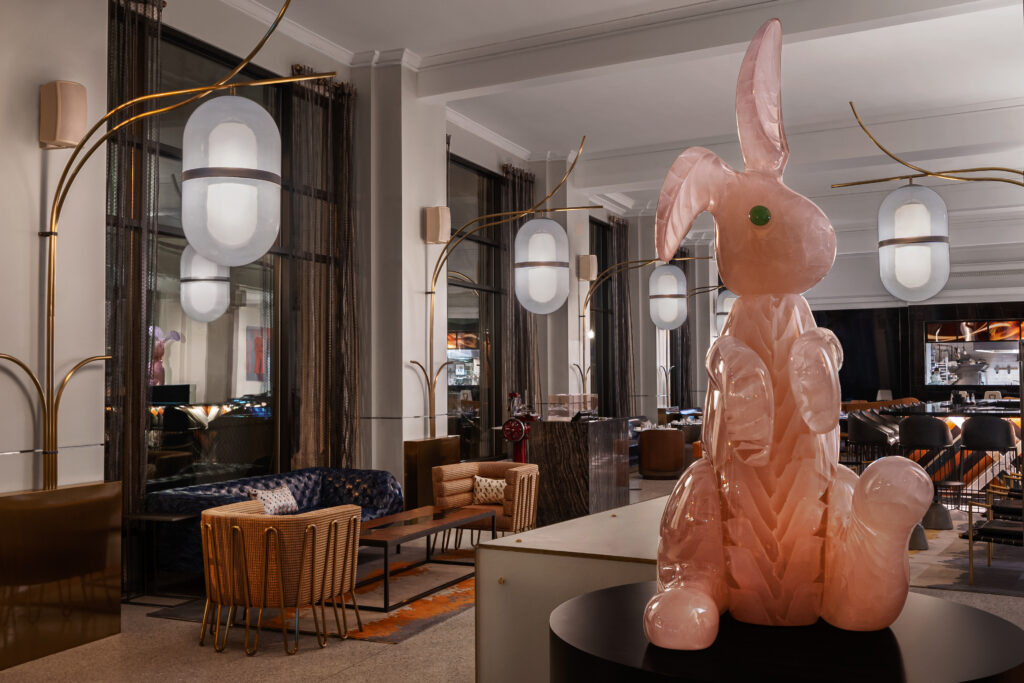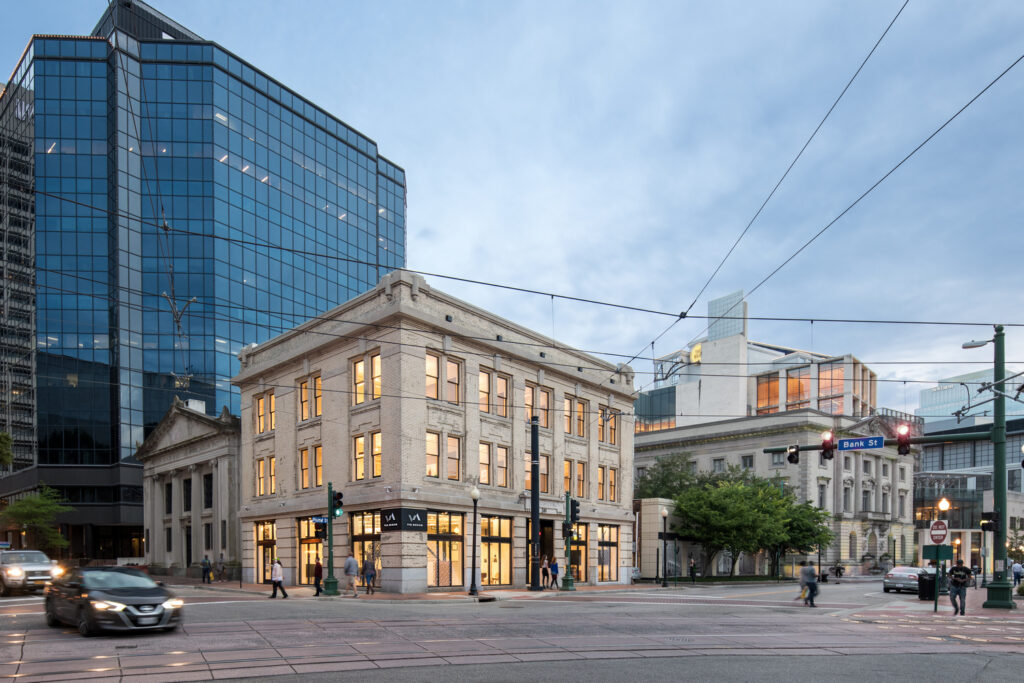
Hotel lobby art — when it’s bad, it can be good (in that bad sort of way). But, when it’s great, it’s transcendent, which should be a goal of any hotel. The Glass Light Hotel and Gallery in Norfolk falls into the latter category, so named for the collection of Doug and Pat Perry, local arts patrons who purchased a 1912 office building that Baskervill transformed into a glass menagerie, now operated by Marriott’s Autograph Collection.
More »
